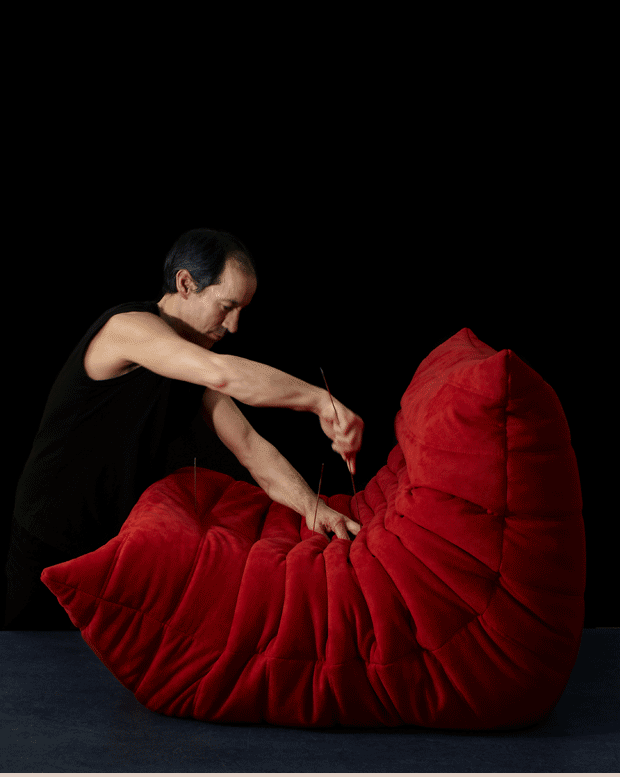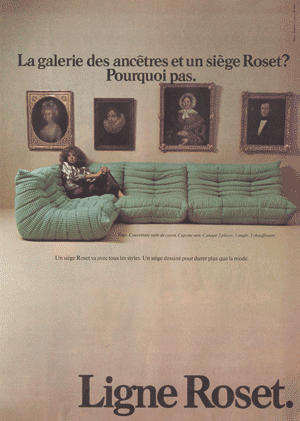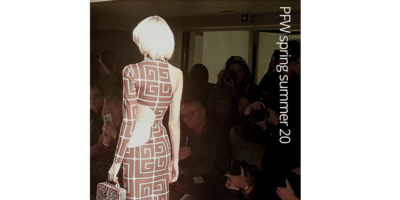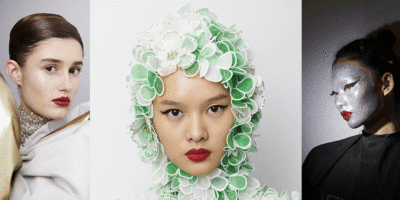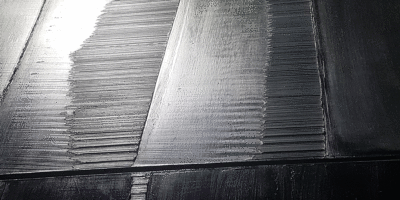What is master craftsmanship about nowadays? How are the French master craftsmen collaborating with designers? As handmade and beautifully locally crafted items are increasingly arousing keen interest worldwide, The Daily Couture shares with you the experience offered by the very instructive exhibition « Le Dessein du Geste » hosted by the Hotel de Ville in Paris until October 10th.
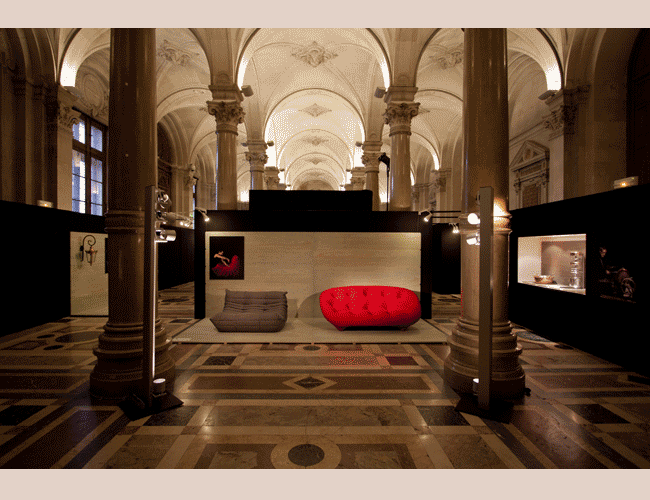
Visitors are given an unusual insightful glimpse at the design making process backstage. The exhibition succeeds in giving clues to the two questions: what are some of the French master craftsmen’s vision of creativity? What is the designers’ vision of craftsmanship? Even though the exhibition focuses on the design object and not fashion, the visions of craftsmanship presented here is so close to what craftspeople of fashion made in France would explain, so the Daily Couture got really interested in the project. Some of what usually is left unknown to the public is a bit revealed here and we bet that the exhibition will enchant those of you interested in design making!
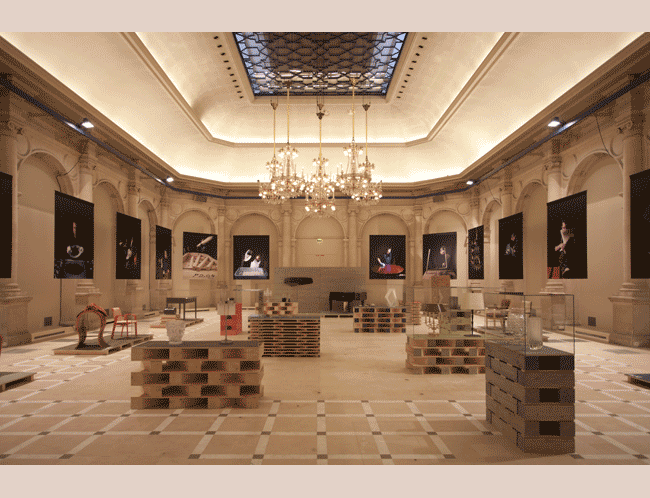
“Craftsmanship and design don’t have to oppose one another since craftsmanship is design’s laboratory”, Alain Lardet.
This exhibition has been curated by Alain Lardet and Scott Longfellow. This was the project’s main intention, to bring master craftsmanship to light by the omnipresent photos by Sophie Zénon offering a magnificent showcase for them, Alain Lardet insists and pursues: “contrary to public opinion, design does support master craftsmanship. Design is at its service and not the other way round.” As a curator in design for years, he mentioned “how humble designers are regarding master craftsmanship and wanted the exhibition to reflect that.
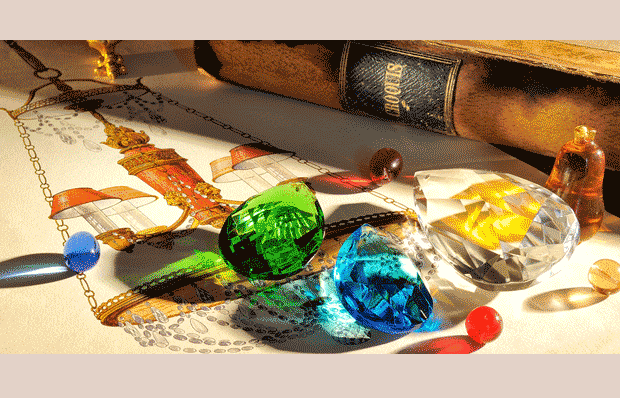
An appraisal and illustration of the power of design to revive and perpetuate traditional master craftsmanship today.
Illustrating the dialogue between renowned French designers and master craftsmen of great French traditional manufacturers gives the visitors the opportunity to admire crafted, high-end objects in the two heritage rooms of the Paris Mayor Office. The idea was to have two objects exhibited next to each other. One would reveal the traditional know-how of the manufacture while the other contemporary design object would reveal the ability for the traditional manufacture to remain innovative and creative, reinterpreting its expertise thanks to its collaborations with designers.
Along the objects are the video-recorded interviews with designers and master craftsmen. Those are highly instructive and a must see – really – for anyone wishing to understand better the art of master craftsmanship. Many craftsmen, designers and some art directors are revealing some key points regarding their vision of collaborative work and craftsmanship that is absolutely well-rendered thanks to the work of the video maker Corentin Banzet.
“the practice of master craftsmanship has some autistic quality to it, they are so focused, that there is almost something sacred about the way craftsmen talk about their work”, Sophie Zénon.
A series of photos by Sophie Zénon makes another big part of the show. Master craftsmen are beautifully brought to light with a set of photos hung on the walls of the Salle des Prévots and the Salle des tapisseries inside the heritage building housing the Mayor of Paris office. Huge portraits of master craftsmen are standing out. All dressed in black — that is the only requirement the photographer Sophie Zénon decide to ask them —, they resemble lifelike portraits painted in oil by Western royal portrait painters of past centuries although none of the master craftsman posed in front of the camera. No doubt: master craftsmen are being paid homage.
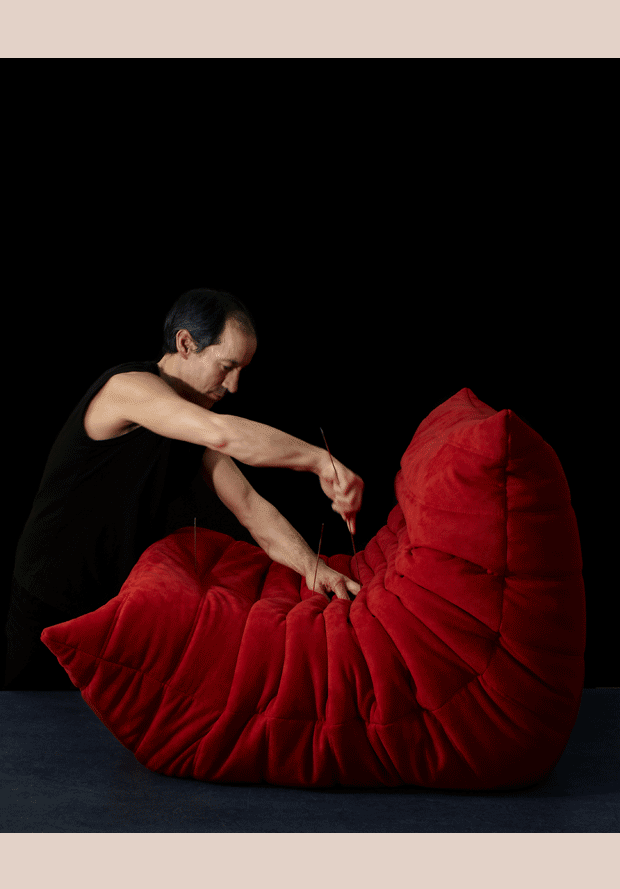
How rendering the gesture of the master craftsman, the photographer needed to ask herself. Even if one object is the result of a collaborative work by several experts, she observes, the master craftsman remains a “highly solitary figure with his own specific universe. What stands out, for her, is the intimacy of the craftsman with his object, his material. It even can be said that the practice of master craftsmanship has some autistic quality to it. They are so focused, she concludes, that there is almost something sacred about the way craftsman talk about their work.” This is what her photography succeeds in conveying albeit the constraints for she had to comply with: only one gesture to photograph for each 26 traditional manufactures. Choosing a specific gesture without being redundant would be a challenge as several crystal manufactures are represented here.

At last, the beautiful book – not a mere catalogue – of the exhibition can be acquired and is a must read to get the relevant historical background of each manufacturer in order to grasp their own particular set of values setting the pace to their own development as a company. Below is The Daily Couture’s picks of what has been pointed out in practices carried out by some of the mentioned actors in design and craftsmanship.
“Master Craftsmanship is made to guarantee quality, embody a philosophy and not made to guarantee a price”, Thierry Moysset.
At the head of the Forge de Laguiole, Thierry Moysset, the passionate and colourful figure with promoting and defending his vision of master craftsmanship, will explain how the artisanal activity of Forge de Laguiole has been “to made to guarantee quality, embody a philosophy, and not a price” since its beginning in 1653. He mentions “speaking against the word luxury”. For him, “having a profitable company is the real luxury: it is all about generating employment.” Since his taking over the company seven years ago, 27 people were hired. As a guest speaker to the launching of a new Made in France label, Origine France Garantie the Daily Couture attended to a year ago, Thierry Moysset was emphasizing on the notion of territory as well: it needs to remain related to the work of master craftsmanship. Indeed, Thierry Moysset has witnessed the evolution of master craftsmanship in his region, the Perigord where the most famous French knife was created as far back as in 1820!
At Hermès: “The master craftsman is the responsible author of his product”, Chantal Granier.
The word luxury brand won’t appear in this context: the art director delegate to Pierre-Alexis Dumas for Hermès home design, Chantal Granier, stresses the importance of the word “profession” within the group.
Each saddle of the manufacturer has always been registered and indexed in handwritten documents preciously kept in the manufacture since 1909. Number of the saddle, its measures, the names of the clients and the one of the master craftsman are registered in it. Traceability of each saddler is thus made possible. If one saddler needs to be repaired, its craftsman can be identified and it’s his responsibility to repair it. Today only one tree saddler tree maker is left in France, next to the Mans in the region of La Sarthe!
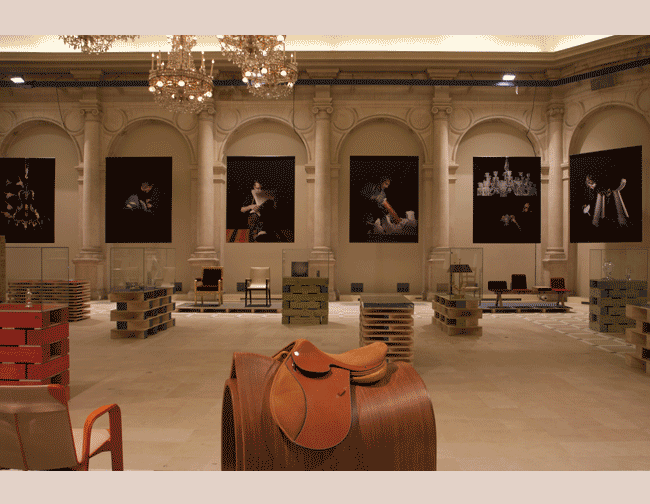
In light of this context, that is to say, inscribing master craftsmanship in a specific territory generating employment, perpetuating a traditional expertise and a long term vision where repairing the product makes it a long life one , I have always regarded master craftsmanship as a sustainable activity albeit its cost, not accessible to most of us.
Among the selected traditional manufacturers are Odio, silversmith since the Second Empire in France, Drucker, rattan chairs specialist since 1885, Mauviel making cooking utensils since 1830, Cristofle, silversmith since 1830, Ligne Roset, furniture maker since 1930, the Orfèvrerie d’Anjou making pewter works since 1710, and all the great crystal makers Lalique since 1921, Saint-Louis, since 1586, Daum, since 1878, Baccarat since 1764 or Hermès, saddler maker since 1837 and more…
Some of the French designers and master craftsmen who worked together within the traditional manufacturers are Mattia Bonnetti with Odio, Guillaume Bardet with Prix Liliane Bettancourt for Intelligence of Hand Award that The Daily Couture reviewed, Normal Studio with Tolix, Patrick Norguet with Drucker, Olivier Peyricot with Mauviel, Martin Szekely with Christofle, Roan and Erwan Bourellec with Ligne Roset, Eric Berthès with the Orfèvrerie D’Anjou and more…
Well, 26 of the traditional manufactures are presented, so the best deal is to rush to the free exhibition, running at the Hotel de Ville until October 10th and why not, sharing with us your feedback here!
For more information : our custom Paris tours page, our video and e-mail : info@thedailycouture.com
Note :
The exhibition Le Dessein du Geste, in French only

